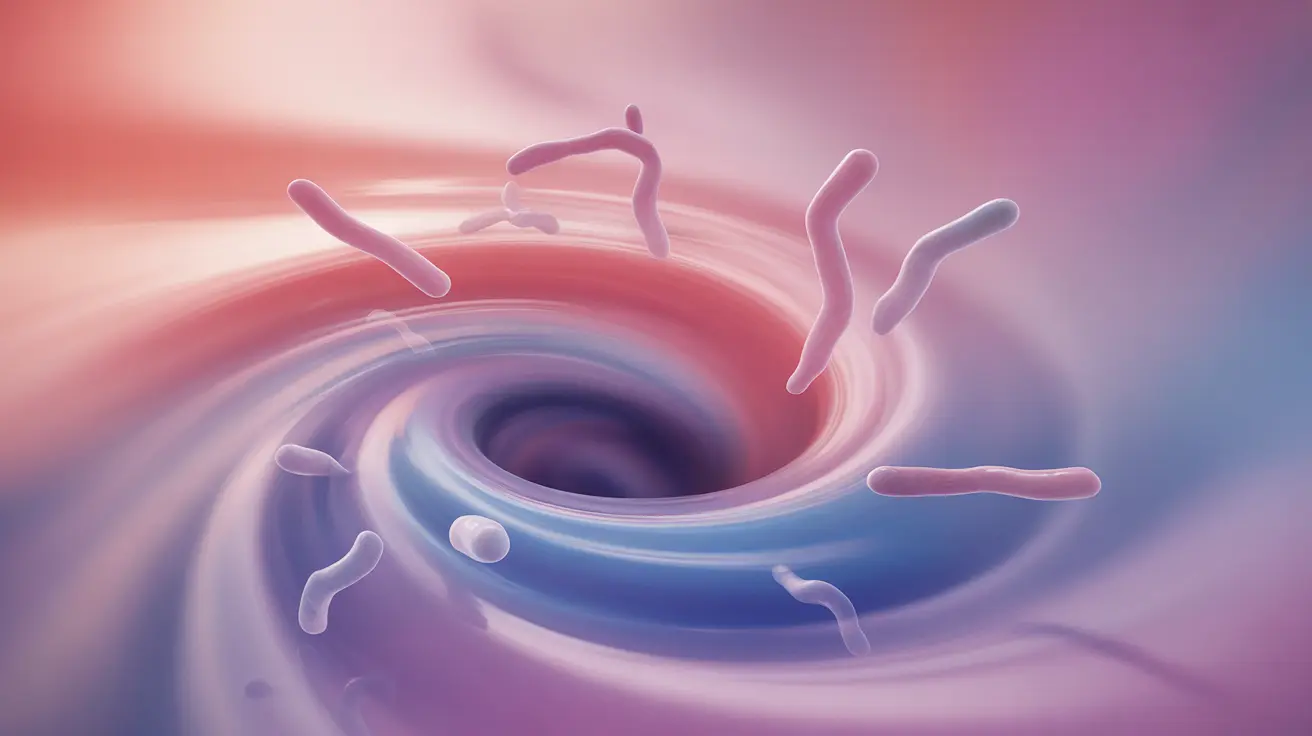Experiencing depression during your menstrual period can be both challenging and confusing. This common occurrence affects many individuals who menstruate, often leading to significant emotional and physical challenges during their monthly cycle. Understanding the connection between menstruation and mood changes is crucial for managing these symptoms effectively.
While some degree of emotional variation during menstruation is normal, more severe mood changes may indicate menstrual-related depression or Premenstrual Dysphoric Disorder (PMDD). This article explores the causes, symptoms, and various treatment options available for managing depression during your period.
The Role of Hormones in Menstrual Depression
Hormonal fluctuations play a significant role in mood changes during the menstrual cycle. Estrogen and progesterone levels naturally rise and fall throughout the month, affecting neurotransmitters like serotonin and dopamine, which regulate mood and emotional well-being.
These hormonal changes can trigger various emotional responses, particularly in the days leading up to and during menstruation. Some individuals may be more sensitive to these hormonal fluctuations, making them more susceptible to depression during their period.
Identifying Depression During Your Period
Common Symptoms
Depression during menstruation can manifest through various symptoms:
- Persistent sadness or hopelessness
- Increased irritability and anxiety
- Difficulty concentrating
- Changes in appetite and sleep patterns
- Physical symptoms like fatigue and body aches
- Social withdrawal
- Loss of interest in usual activities
Distinguishing PMDD from Regular PMS
While PMS symptoms are common, PMDD represents a more severe form of menstrual-related mood changes. PMDD symptoms typically appear during the luteal phase (1-2 weeks before menstruation) and can significantly impact daily functioning. These symptoms often improve within a few days after the period begins.
Treatment Options and Management Strategies
Medical Interventions
Several medical treatments can help manage depression during periods:
- Antidepressants (particularly SSRIs)
- Hormonal birth control methods
- Anti-anxiety medications when needed
- Hormone therapy in specific cases
Lifestyle Modifications
Implementing certain lifestyle changes can significantly improve symptoms:
- Regular exercise and physical activity
- Stress management techniques
- Balanced nutrition and regular meals
- Adequate sleep and rest
- Mindfulness and meditation practices
- Limiting caffeine and alcohol intake
Seeking Professional Help
If you experience severe depression during your period, it's essential to consult a healthcare provider. They can perform proper evaluations, rule out other conditions, and develop an appropriate treatment plan tailored to your needs.
Frequently Asked Questions
What causes depression during the menstrual period and how are hormone changes involved?
Depression during menstruation is primarily caused by hormonal fluctuations, particularly changes in estrogen and progesterone levels. These hormones affect neurotransmitters in the brain, influencing mood regulation. Some individuals are more sensitive to these hormonal changes, making them more susceptible to menstrual depression.
What are the common symptoms of depression or mood changes during menstruation?
Common symptoms include persistent sadness, irritability, anxiety, difficulty concentrating, changes in appetite and sleep patterns, fatigue, and loss of interest in usual activities. These symptoms typically appear before menstruation and improve after the period begins.
How can menstrual depression or PMDD be diagnosed and distinguished from regular PMS or other mood disorders?
Healthcare providers diagnose menstrual depression or PMDD by evaluating symptom patterns, timing, and severity. They typically request symptom tracking for at least two menstrual cycles and may conduct additional tests to rule out other conditions. PMDD symptoms are more severe than PMS and significantly impact daily functioning.
What treatment options are available for managing depression related to the menstrual cycle?
Treatment options include antidepressants (especially SSRIs), hormonal birth control, anti-anxiety medications, and hormone therapy. These medical interventions can be combined with lifestyle changes and counseling for optimal results.
Can lifestyle changes or hormonal birth control help reduce depression symptoms during periods?
Yes, both lifestyle changes and hormonal birth control can help manage depression symptoms during periods. Regular exercise, stress management, proper nutrition, and adequate sleep can improve symptoms. Hormonal birth control can help stabilize hormone levels, potentially reducing mood fluctuations and depression symptoms.




